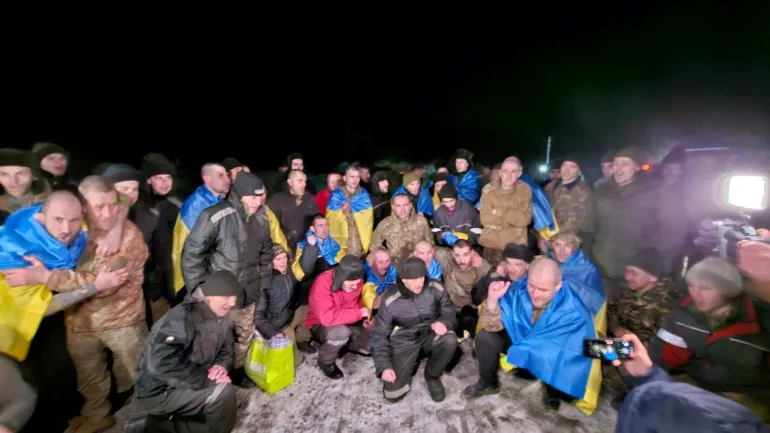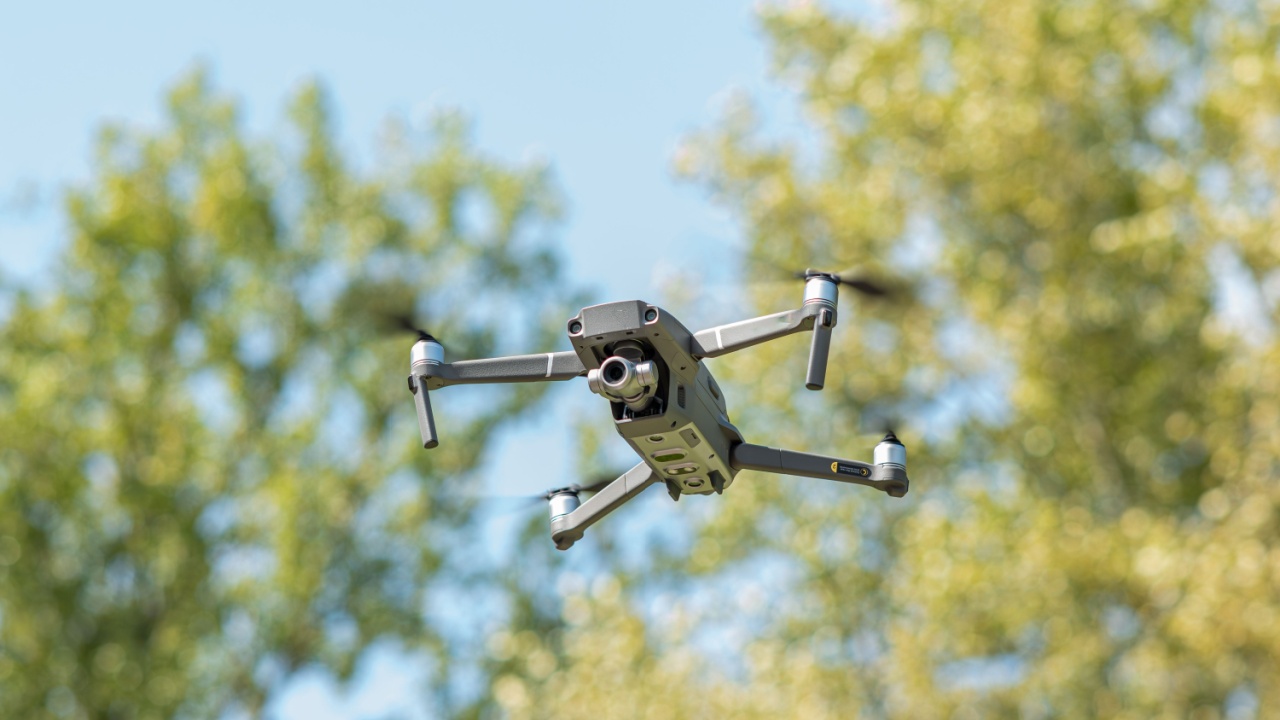Russia and Ukraine have conducted one of their largest prisoner exchanges to date, offering a rare moment of relief in an otherwise devastating conflict. The exchange, brokered by the United Arab Emirates (UAE), involved the return of hundreds of soldiers to their respective homelands, showcasing a fleeting instance of humanity amidst ongoing hostilities.
The Russian Ministry of Defence confirmed that 150 Ukrainian soldiers were swapped for an equal number of Russian troops. Ukrainian President Volodymyr Zelensky reported a slightly higher count, celebrating the return of 189 Ukrainians. Among those freed were defenders of key battlegrounds such as Mariupol, the Azovstal steel plant, the Chernobyl nuclear power plant, and Snake Island.
The reunions in Ukraine were deeply emotional. Alina, awaiting her husband Oleksandr, who had been captured defending Mariupol in 2022, was overwhelmed with tears as she waited for him. “I have so many emotions,” she said. “It’s been so difficult. I just want to see him.” Freed soldiers expressed gratitude and resolve. Anatoliy, one of the released, said, “Thank God this day has come. We’re home. Now we’re going to support Ukraine with everything we’ve got.” Ihor, another former prisoner, shared his joy simply, saying, “I’m very happy to return to my own country, to my own land.”
On the Russian side, the released soldiers were transported to Belarus, where they received medical care and reconnected with their families. Russian Human Rights Commissioner Tatyana Moskalkova shared a video of soldiers, dressed in military winter gear, preparing to reunite with their loved ones. “Very soon, our guys will hug their families and friends and celebrate the New Year on their native land,” she remarked.
This prisoner exchange was the 59th since the full-scale invasion began in February 2022 and is one of the largest to date. The freed Ukrainians included soldiers, border guards, National Guardsmen, and Navy personnel, many of whom had been in captivity for over two-and-a-half years. Some returned with severe illnesses or injuries, underscoring the physical and emotional toll of their imprisonment.
While the exchange brought joy to some families, many others continue to endure the pain of separation. Ukrainian officials estimate that over 8,000 of their compatriots remain in Russian captivity. Negotiations for future prisoner swaps have become increasingly complex as the war drags on and Russian forces make strategic gains.
Zelensky reaffirmed his government’s commitment to securing the release of all captives, declaring, “We are working to free everyone from Russian captivity. This is our goal. We do not forget anyone.” Photos of released soldiers holding Ukrainian flags circulated widely, symbolizing resilience and hope amid the ongoing conflict.
Among the freed were 11 members of Ukraine’s elite Azov Brigade, renowned for their defense of Mariupol’s Azovstal steel plant. Two civilians captured during the Mariupol siege were also released, reflecting the broad scope of the exchange.
The locations tied to these captives—Mariupol, Chernobyl, and Snake Island—have become emblematic of Ukraine’s unyielding resistance. The protracted battle for Mariupol, the intense fight for Snake Island, and the temporary capture of Chernobyl by Russian forces highlight the courage and tenacity of Ukrainian defenders.
This large-scale exchange offers a moment of solace and unity in a war that has exacted a heavy toll on both sides. For those who have returned home and their waiting families, it is a powerful testament to the enduring bonds of love and loyalty. Yet, the reality of ongoing conflict remains, with thousands still in captivity and peace remaining elusive.
As the new year approaches, this exchange stands as a poignant reminder of the cost of war and the relentless hope for resolution in the face of adversity.




